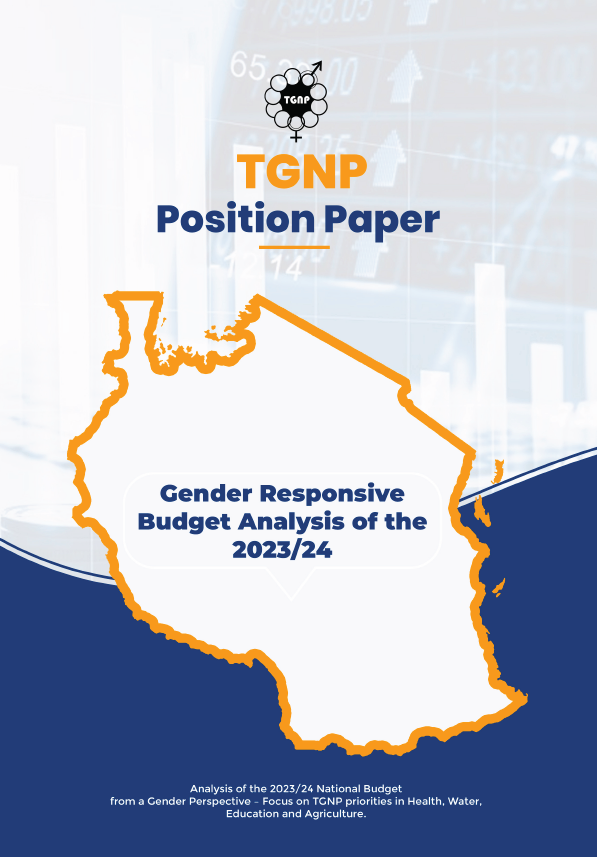Budgets are universally accepted as a powerful tool for achieving development objectives and an indicator of commitment to state government policy. National budgets reflect how governments mobilize and allocate public resources and aim to meet their people’s social and economic needs. Budgets can be viewed as key policy instruments that reflect an administration’s priorities and demonstrate the Government’s seriousness in responding to persisting development challenges such as gender inequality, poverty, exclusion and economic injustice.
Government macro policies (especially fiscal policy – taxation and public expenditure) can significantly impact gender gaps in various key health, education and income indicators. For instance, there have been concerns worldwide that tax policy is biased against women because it tends to increase the incidence of taxation of the poorest women while failing to generate enough revenue to fund.
Over time, governments, international organizations and civil society groups have used various approaches to analyze and scrutinize government budgets for their impact on women, girls, men and boys (ILO, 2006). These so-called gender-responsive Budget (GRB) initiatives have been adopted as a strategic approach to assessing the role of budgets in promoting gender equality.
Gender budgeting is one of the tools designed to reduce social and economic disparities between men and women and to advance gender equality. The idea behind gender budgeting is that the budget reflects the economic policy and the priorities of the Government and is not gender neutral. In other words, the budget distribution affects women and men differently and reflects the inequality between these groups regarding power and resources.



